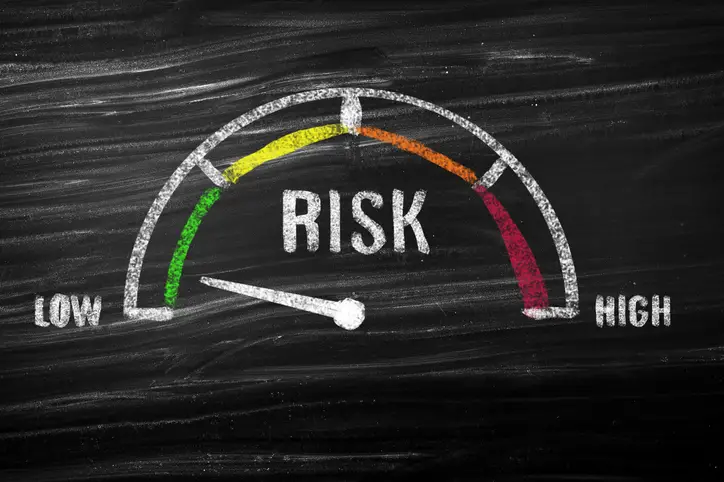Let’s face it: there’s still a deadly virus out there and it’s not going away anytime soon. And that means we all must make a lot of decisions that involve personal risk. And for many of these daily decisions, there’s no single right answer: no Centers for Disease Control (CDC) guidelines, World Health Organization recommendations, or expert advice exist. And as more places lift restrictions keeping people at home, more questions arise:
- Is it safe to go to the grocery store? And, how often is okay?
- How safe is it to fly on a commercial airline? Get a haircut? Go out to dinner?
- Should I avoid a friend whose daughter works someplace where someone tested positive?
A new CDC guideline on venturing out shares ways to lessen risk for certain activities: frequent handwashing, wearing a mask, keeping your distance, and other familiar protective measures feature prominently. While helpful, the guideline won’t tell you whether it’s okay to visit your cousin, drive cross-country, or get a massage.
Based on duration of exposure, setting, and “dose” (the amount of virus to which you’re exposed), we do know that some activities are riskier than others. Spending 15 minutes or more in a small room with someone who is coughing while neither of you wears a mask is considered high-risk. Going for a walk outdoors, well away from others, is low-risk.
But each of us must make our own decisions about all of the things in the middle — including activities now allowed in many places — without much guidance.
We already calculate risks every day
We already have to make daily decisions about what is safe or less safe, and how much risk we’re willing to accept. Each time we decide to drive, fly, or go skiing, we make judgements about our safety without precise data, specific guidelines, or expert advice for our particular situation.
Of course, there is an important difference when we’re talking about COVID-19. Here, the threat to safety is catching, and possibly spreading, an unpredictable, potentially deadly infection. So, my behavior affects not only my health but may affect the health of others. And the behavior of others can affect me.
Sometimes you have to improvise
Strong opinions aside, no one actually knows what’s best for many everyday decisions. There’s a lot of making it up on the fly and rationalizing: a friend recently “expanded his social circle” for a birthday party with the plan to quarantine himself afterward. But the 14-day quarantine was “just too long,” so he decided six days was enough. When I asked him where the six-day figure came from, I got the look that means “don’t judge me, it’s my personal decision.” In fact, he’d chosen six days because that’s when he had to return to work.
How can you make decisions around personal risk?
If you’re considering relaxing restrictions in your work or social life,






